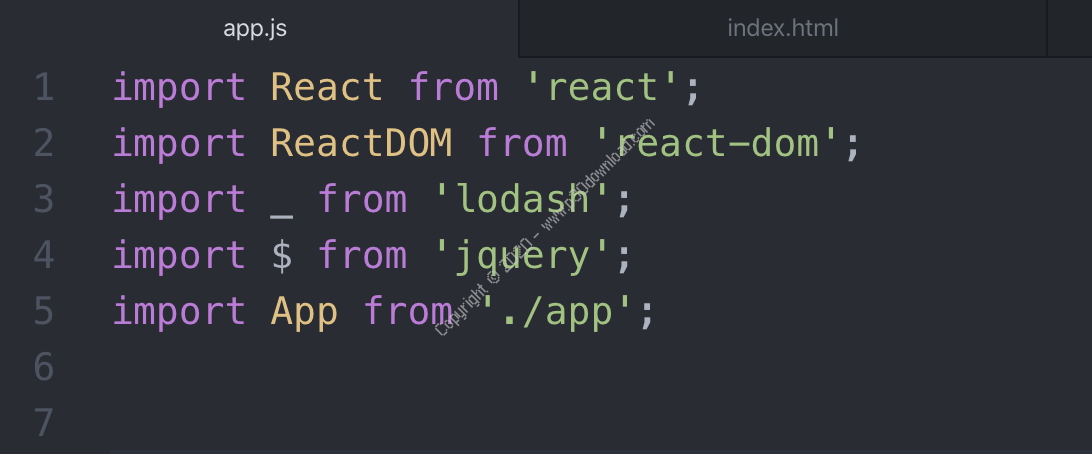

Compiling Bootstrap yourselfĬompiling any CSS extension language is actually really simple, so I encourage you to try to get your feet wet with compiling yourself rather than using the Bootstrap customizer GUI. This is why compiling Bootstrap yourself, on the fly during development, is where it’s at. If you want to start building new components and using the exact values you set in the GUI, you’ll have to go look them up and write plain CSS. The resulting CSS can be loaded right into your project and you can focus on markup from there.īut once the CSS is compiled, there’s no going back to take advantage of the variables you set. This tool allows you to set all your variables via a GUI in your browser and will then compile your custom build of Bootstrap for you to download. That being said, if you’re just looking to get started seeing how Bootstrap can be customized, you might start with using the online Bootstrap customizer. If the idea of setting up a compiler sounds terrifying, this is the article for you. That means writing your styles in something more maintainable than vanilla CSS, such as LESS or Sass. Part one of this two-part series will focus on getting your development environment setup to effectively make use of Bootstrap.

They have to be compiled into actual CSS. Extension languages speed up development and make styles consistent.īut browser’s can’t read these extension languages. These only need to be adjusted in one place to make changes to your entire stylesheet. These extension languages allow developers to declare variables and mixins, similar to functions, that carry throughout their stylesheets. Bootstrap 3 was written in LESS, with a Sass fork emerging as well. The core of Bootstrap’s usefulness is rooted in its customization, which is made possible through the use of CSS extension languages. The biggest barrier to using Bootstrap effectively for many developers is compiling it as they develop.
#Prepros compile error code
To address these things, we’ll want to be able to seamlessly integrate our own code into Bootstrap’s.

A lot of folks aren’t customizing it effectively for their own projects, and some are using a lot more of it than they need to.
#Prepros compile error full
That being said, I run into a lot of folks who aren’t using it to its full potential. It offers a responsive grid system and is highly customizable.
#Prepros compile error install
However, please note that this will install the pure JavaScript implementation of Sass, which runs somewhat slower than the other options listed here.Bootstrap is an extremely popular CSS framework. If you use Node.js, you can also install Sass using npm by running npm install -g sass

That’s all-there are no external dependencies and nothing else you need to install. Learn More About Sass Install Anywhere (Standalone) You can install Sass on Windows, Mac, or Linux by downloading the package for your operating system from GitHub and adding it to your PATH. If you're brand new to Sass we've set up some resources to help you learn pretty darn quick. You can also run sass -help for more information about the command-line interface. For example: sass source/stylesheets/index.scss build/stylesheets/index.cssįirst install Sass using one of the options below, then run sass -version to be sure it installed correctly. When you install Sass on the command line, you'll be able to run the sass executable to compile.


 0 kommentar(er)
0 kommentar(er)
